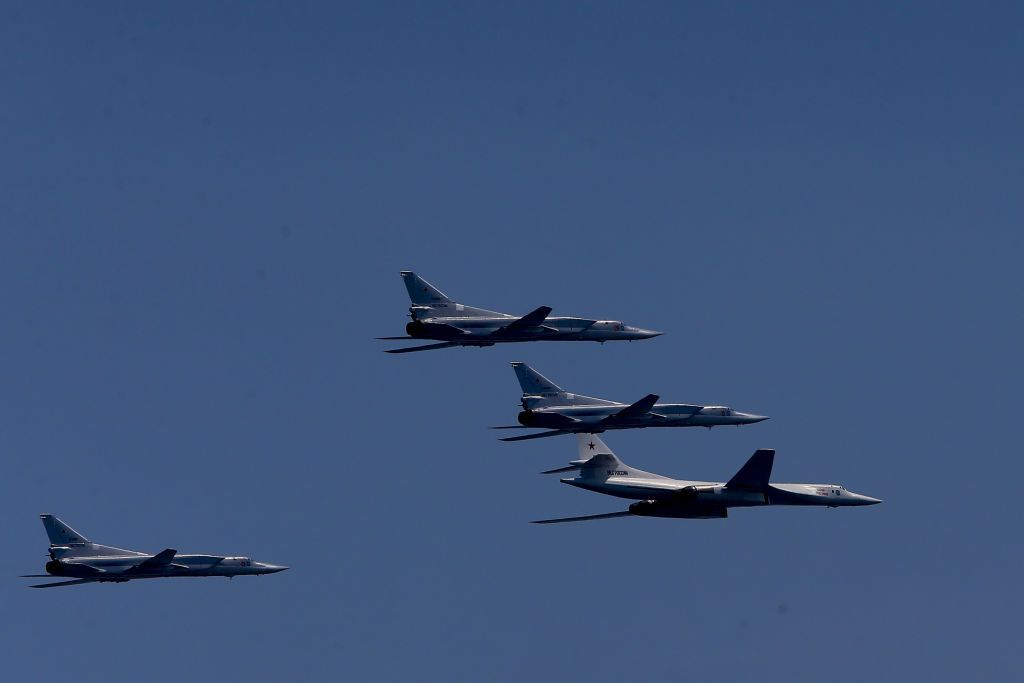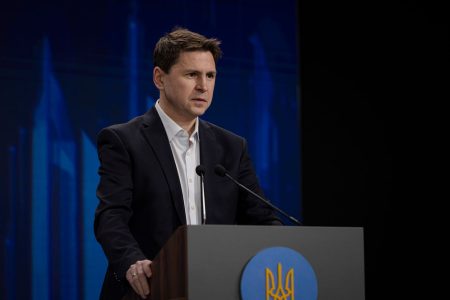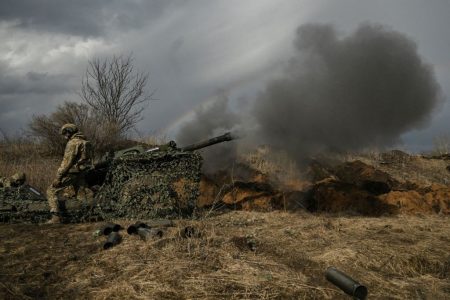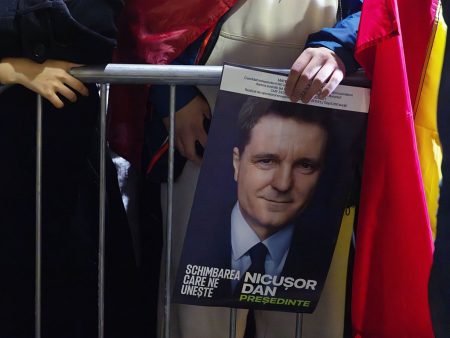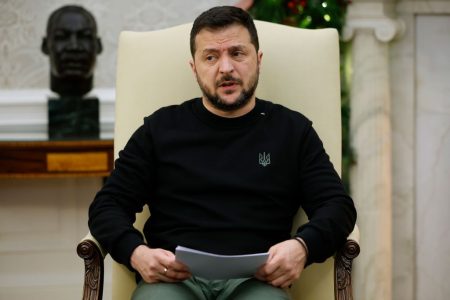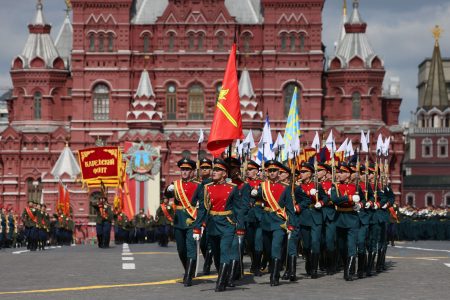On April 17, a factory in Russia’s Tatarstan that produces bomber aircraft for the Russian military was attacked by Ukrainian drones. The facility manufactures Tu-22M and Tu-160M bombers, which are regularly used to target Ukrainian cities in missile strikes. While there were no details on damage or casualties at the time, this attack marks a significant development in the ongoing conflict between Ukraine and Russia. Tatarstan, located east of Moscow and far from the Ukrainian border, was also targeted by Ukrainian drones on April 2, when facilities producing attack drones were hit in two cities. This attack is part of a series of drone strikes by Ukraine targeting various regions in Russia.
Following the attack on the factory in Tatarstan, Russia’s Federal Air Transport Agency imposed restrictions on the departure and arrival of planes at airports in Nizhny Novgorod, Kazan, and Nizhnekamsk to ensure the safety of civilian aircraft. This move highlights the impact of the attack on not only military targets but also civilian aviation in the region. Ukrainian drones have been increasingly targeting various regions in Russia, including Belgorod, Bryansk, Kursk, and Leningrad oblasts, in recent weeks and months. The use of drones in these attacks represents a new and effective tactic employed by Ukraine in its conflict with Russia.
In addition to the attack in Tatarstan, Ukrainian drones also targeted a military unit in the city of Kovylkino in Russia’s Mordovia Republic on the same day. The drones hit a Container radar station, further demonstrating Ukraine’s capabilities in conducting precision strikes on Russian military infrastructure. These attacks mark a significant escalation in the conflict between the two countries, with Ukraine utilizing drones to strike deep into Russian territory. While the specific types of drones used in these attacks have not been confirmed by Ukraine, Russian media claims that a converted Ukrainian-produced light aircraft was used in one of the strikes.
The ongoing drone attacks by Ukraine on Russian military and infrastructure targets indicate a shift in the tactics employed in the conflict. As Ukraine continues to face Russian aggression, it has adapted its strategies to include precision drone strikes, targeting key locations deep within Russian territory. These attacks not only disrupt Russian military operations but also impact civilian aviation, as evidenced by the restrictions imposed on airports following the attack in Tatarstan. The use of drones in this conflict highlights the changing nature of warfare and the importance of technological advancements in modern conflicts.
The attacks on the factory in Tatarstan and the military unit in the Mordovia Republic serve as a reminder of the complexities and dangers of the ongoing conflict between Ukraine and Russia. With both countries engaged in a protracted conflict, the use of drones as a tool of warfare adds a new dimension to the hostilities. As Ukraine continues to target Russian military infrastructure with precision strikes, the conflict shows no signs of abating. The international community must closely monitor the situation and work towards a peaceful resolution to the conflict to prevent further escalation and potential humanitarian crises. Support for independent journalism in Ukraine is crucial in keeping the public informed about developments in the conflict and the impact of these attacks on both countries.









